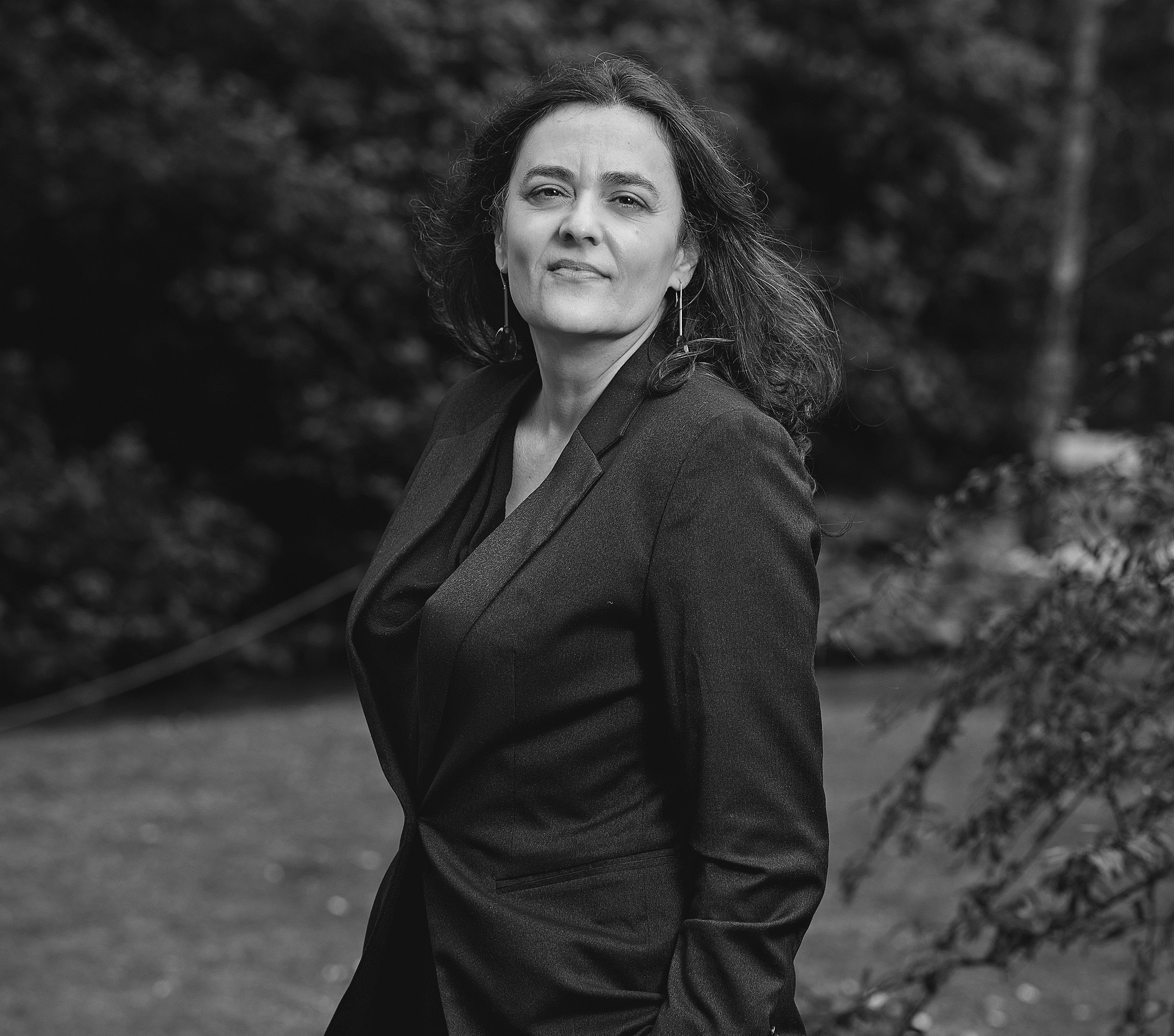- Home
- April 2024
- The Heat is Here to Stay: Surviving Climate Change is in Penang’s Own Hands
The Heat is Here to Stay: Surviving Climate Change is in Penang’s Own Hands
by
Prof. Dato' Dr. Zulfigar Yasin &
Hajar Ariff
Previous Post
Next Post
The Social and Economic Impact of Rising Temperatures Expected to be Strong
3 min read
CLIMATE CHANGE IS a global phenomenon whose impact on different regions varies in intensity. The Intergovernmental Panel for Climate Change has identified sub-S...
You might also like
From Hillview to Wellesley: The Evolution of a Pioneering Boys’ School
9 min read
JALAN SULTAN AZLAN SHAH, formerly known as Northam Road, hugs the contours of North Beach, extending towards Gurney Drive. With the panoramic views it offers of...
Events in April
4 min read
LEARNINGOrganised by Penang Math Platform, MathBoost is a fun and engaging app-based learning experience focusing on arithmetic operations and numeracy skills f...






